In the digital age, videos have become a vital source of data, capturing precious moments or serving as evidence in complex cases. However, not all videos are clear or easily understandable. This is where forensic video analysis plays a crucial role. Let’s explore this software together with AT Technology and Consultancy Joint Stock Company (ATTECHSOFT)!
Definition of forensic video analysis
Forensic video analysis is the scientific examination, evaluation, and interpretation of video evidence in a legal context. This process involves analyzing, clarifying, and authenticating video recordings to ensure they are reliable and accurate representations of events. Forensic video analysts use specialized techniques and software to enhance footage, identify key details, and validate its integrity, often aiding investigations, legal proceedings, and the pursuit of justice.
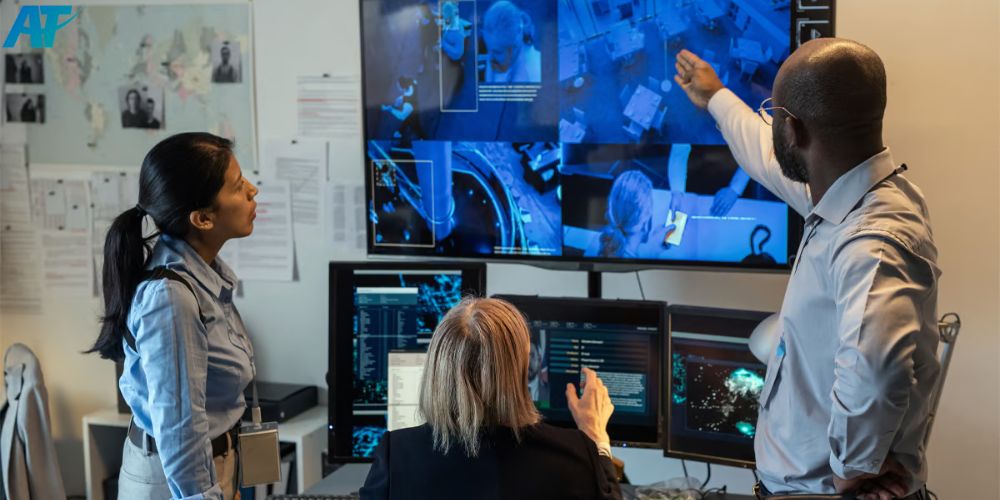
Comparison between forensic video analysis and regular video analysis:
Forensic video analysis:
- This software is a specialized process focused on the scientific examination of video evidence for legal and investigative purposes.
- It ensures that video recordings are accurately interpreted, authenticated, and enhanced to provide credible evidence in court or during criminal investigations.
- Analysts use advanced tools to clarify blurry footage, authenticate the video’s integrity, and extract crucial details while maintaining a strict chain of custody to comply with legal standards.
- The primary goal is to uncover and present the truth in a way that is admissible in legal proceedings.
Regular video analysis:
- Regular video analysis, on the other hand, is a more general process that involves interpreting video content for commercial, operational, or research purposes.
- It is widely used in industries such as retail, entertainment, and sports to extract insights, detect patterns, or optimize performance.
- Unlike forensic analysis, regular video analysis does not require strict adherence to legal standards or authentication protocols, focusing instead on providing actionable information for business or creative needs.
- This type of analysis is typically conducted using standard tools and does not necessitate advanced expertise.
Types of forensic video analysis
Video Authentication
Video authentication is the process of verifying the integrity and originality of a video to ensure it has not been altered or tampered with. Analysts examine metadata, detect editing traces, and identify manipulations such as deepfakes or splicing. This type of analysis is critical in legal contexts, as it establishes whether the evidence is credible and admissible in court.
Frame-by-Frame Analysis
Frame-by-frame analysis focuses on examining videos one frame at a time to uncover minute details or anomalies that may be missed in real-time playback. This technique is often used to identify subtle movements, objects, or timestamps in a video. It is especially valuable in accident reconstructions or crime scene investigations, where every detail can provide vital insights.
Image or Object Recognition
Image or object recognition involves isolating and identifying specific objects, people, or patterns within a video. Advanced software or AI algorithms are employed to detect faces, vehicles, or other key elements. This type of analysis is crucial for tracking suspects, identifying stolen items, or reconstructing crime scenes based on visual evidence.

Time-Lapse and Sequence Reconstruction
Time-lapse and sequence reconstruction aim to reorganize video footage to recreate the timeline of events captured on video. This often involves synchronizing multiple video sources or correcting discrepancies in timestamps. It is particularly useful in understanding the chronological order of incidents, such as in complex crime or accident investigations.
Motion Analysis
Motion analysis studies the movement of objects or individuals captured in video footage. It involves tracking trajectories, estimating speeds, and analyzing behavior patterns. This type of analysis is commonly used in traffic accident investigations or to determine the actions and intent of suspects during an incident.
Audio-Visual Synchronization
Audio-visual synchronization ensures that the audio and video components of a recording align correctly. Analysts check whether sounds, such as conversations or gunshots, match the visual events depicted in the footage. This type of analysis is vital for validating the authenticity and context of recordings in court.
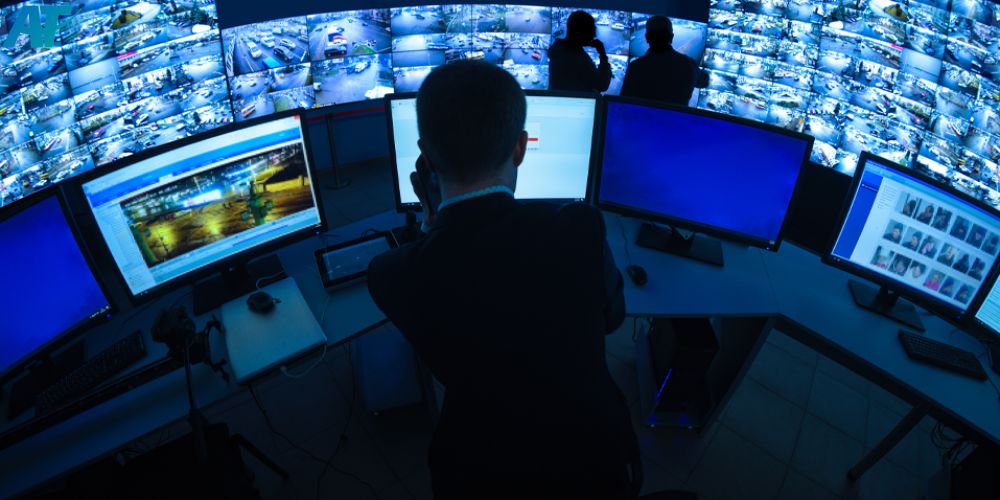
Comparison Analysis
Comparison analysis involves comparing video footage to reference materials, such as known suspects, objects, or locations, to identify similarities or discrepancies. Analysts may overlay or juxtapose frames to detect differences or confirm matches. This method is often used in verifying evidence consistency or linking suspects to specific crimes.
Applications of forensic video analysis
Criminal investigations
Video evidence analysis is extensively used in criminal investigations to uncover evidence from surveillance or mobile video recordings. Analysts clarify and authenticate footage to identify suspects, confirm alibis, or establish the sequence of events. For instance, it can be used to detect suspicious behavior in security camera footage or extract a clear image of a perpetrator.
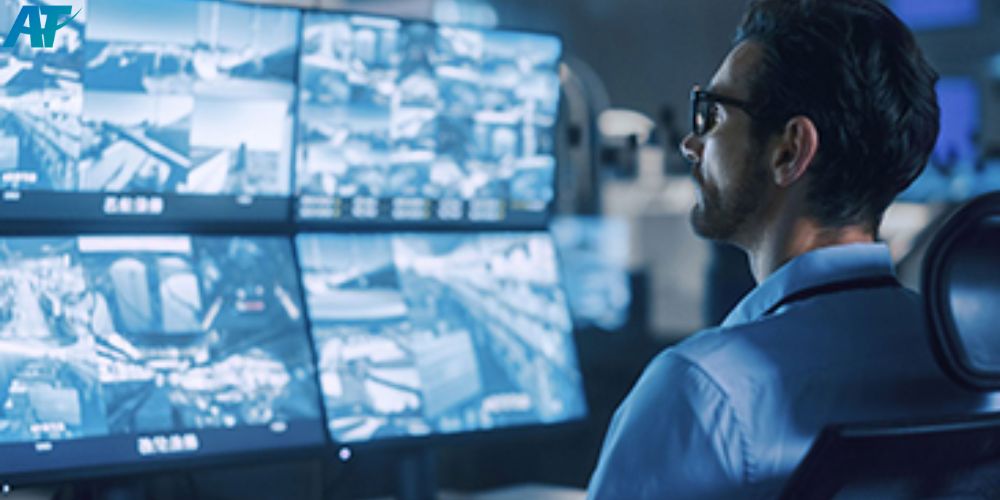
Accident reconstruction
In traffic accidents or workplace incidents, forensic video examination helps reconstruct the events leading to the incident. By analyzing footage from dashcams, surveillance cameras, or witness videos, investigators can determine fault, assess damage, and even calculate the speed or trajectory of vehicles involved.
Legal proceedings
Videos are often critical pieces of evidence in legal cases, from criminal trials to civil disputes. Forensic video analysts ensure that the video evidence presented in court is authentic, unaltered, and admissible. Their expert testimony can provide crucial insights into what the video depicts and its relevance to the case.
Insurance claims
Insurance companies use digital video forensics to verify the legitimacy of claims involving accidents, thefts, or property damage. Analyzing video evidence ensures that claims are not fraudulent and helps insurers determine the extent of liability or compensation.
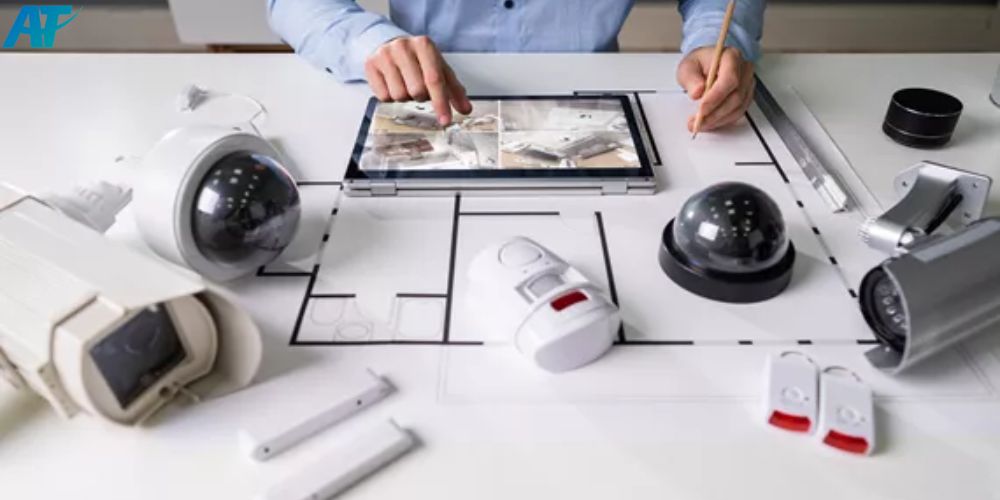
National security
Governments and security agencies rely on forensic video processing to monitor, investigate, and counter threats to national security. This includes analyzing footage from public surveillance systems, drones, or intercepted videos to identify suspects, detect threats, and prevent terrorist activities.
Workplace investigations
In corporate settings, video evidence interpretation helps investigate incidents such as employee misconduct, theft, or security breaches. Companies use this technology to ensure workplace safety and resolve disputes effectively.
Missing persons cases
Legal video analysis aids in locating missing persons by analyzing footage from public spaces, transportation systems, or nearby locations. Enhanced video clarity can help identify individuals or trace their movements, providing critical leads in such investigations.

Fraud detection
Video analysis is also used to detect and investigate fraudulent activities, such as staged accidents, shoplifting, or counterfeit transactions. By carefully examining video footage, analysts can identify inconsistencies and uncover deceptive practices.
Historical and archival investigations
Criminal video analysis is employed to study archival footage for historical or investigative purposes. This may involve authenticating old video records or enhancing poorly preserved footage for better understanding of past events.
These applications highlight the importance of video footage forensics in modern investigations, emphasizing its ability to extract valuable insights and ensure justice across various fields.
Key benefits of forensic video analysis
- Enhancing clarity of evidence: Video evidence analysis significantly improves the quality of video footage by using advanced techniques to enhance unclear or distorted visuals. This allows investigators to identify crucial details, such as faces, license plates, or specific actions, that might otherwise go unnoticed.
- Verification of video authenticity: By authenticating video footage, forensic video examination ensures that the evidence has not been tampered with or altered. This is critical in legal and investigative contexts where the credibility of the evidence is paramount.
- Supporting legal admissibility: Forensic video processing ensures that video evidence meets legal standards of admissibility in court. By maintaining a clear chain of custody and following rigorous analytical methods, it ensures the reliability and integrity of the evidence presented in legal proceedings.
- Speeding up investigations: Automated tools and advanced software allow analysts to quickly process and extract key details from video evidence. This accelerates investigations by reducing the time needed to interpret and verify video recordings..
- Identifying hidden details: Digital video forensics can uncover details that are not immediately visible, such as objects in shadows, reflections, or distant subjects. These hidden elements can provide critical insights for solving cases or clarifying incidents.
- Cost-Effective investigation tool: By clarifying and authenticating existing video evidence, video evidence interpretation reduces the need for additional investigative resources. This makes it a cost-effective method for obtaining reliable insights and resolving cases efficiently.
- Improving decision-making: With clear and reliable video evidence, criminal video analysis aids law enforcement, legal professionals, and corporate entities in making informed decisions. This ensures fair outcomes and strengthens the pursuit of justice.
By offering clarity, accuracy, and reliability, forensic video analysis has become an indispensable tool in modern investigative and legal practices.
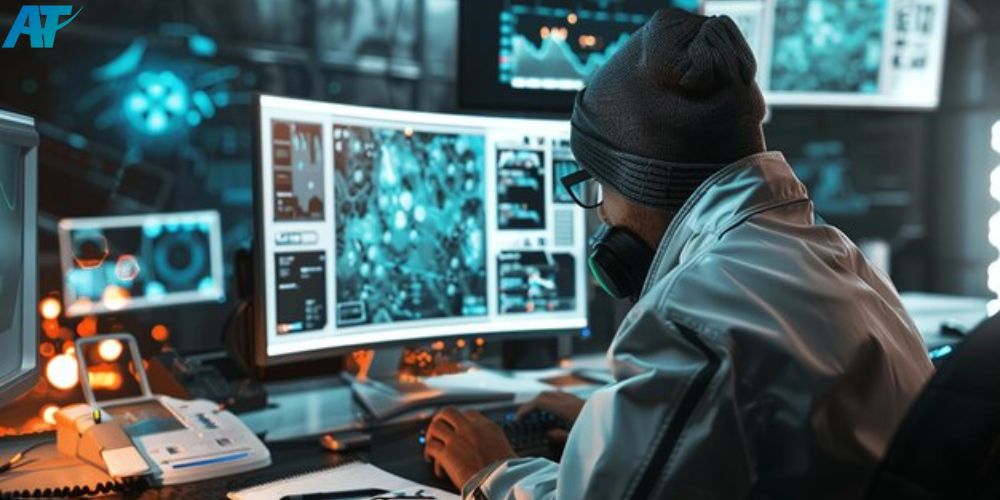
Future trends of forensic video analysis
- Integration of Artificial Intelligence (AI) and Machine Learning (ML): AI and ML are revolutionizing video footage forensics by automating complex tasks and enhancing accuracy. These technologies enable rapid processing of large datasets, identification of patterns, and detection of anomalies that may elude human analysts. For instance, AI can assist in discerning intricate details within video footage, improving the efficiency of investigations.
- Real-Time Video Analysis: The demand for immediate insights from video data is leading to the development of real-time analysis capabilities. This trend is particularly relevant in surveillance and security, where prompt detection of suspicious activities can prevent incidents. AI-powered systems are being designed to analyze live video feeds, providing instant alerts and actionable information.
- Ethical and Legal Considerations: As legal video analysis techniques advance, ethical and legal considerations are becoming increasingly important. Ensuring that analysis methods respect privacy rights and adhere to legal standards is crucial. Future trends include the development of guidelines and frameworks to navigate the ethical implications of advanced forensic technologies.
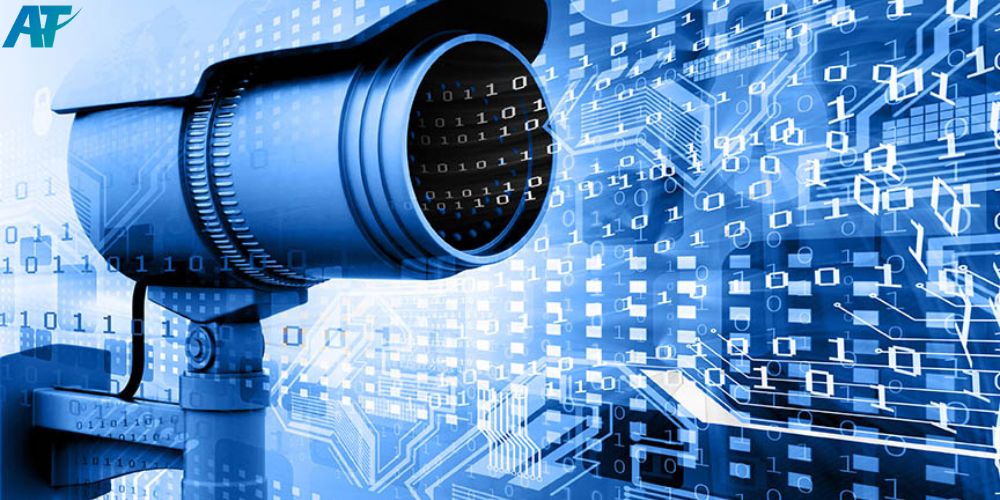
Conclusion
Forensic video analysis is an indispensable tool for verifying and analyzing video evidence, effectively supporting investigations, resolving disputes, and upholding justice. With its ability to enhance video quality, authenticate content, and reconstruct event sequences, this technology ensures that every detail is clearly and accurately understood.
If you are looking for an advanced solution for video evidence interpretation, Video Master AI by ATTECHSOFT is your top choice. This software integrates cutting-edge AI technology, enabling superior image enhancement, object recognition, and precise frame-by-frame analysis. Discover it today to elevate your efficiency and reliability in handling video evidence!
Email: sales@attechsoft.com
Website: https://attechsoft.com/
